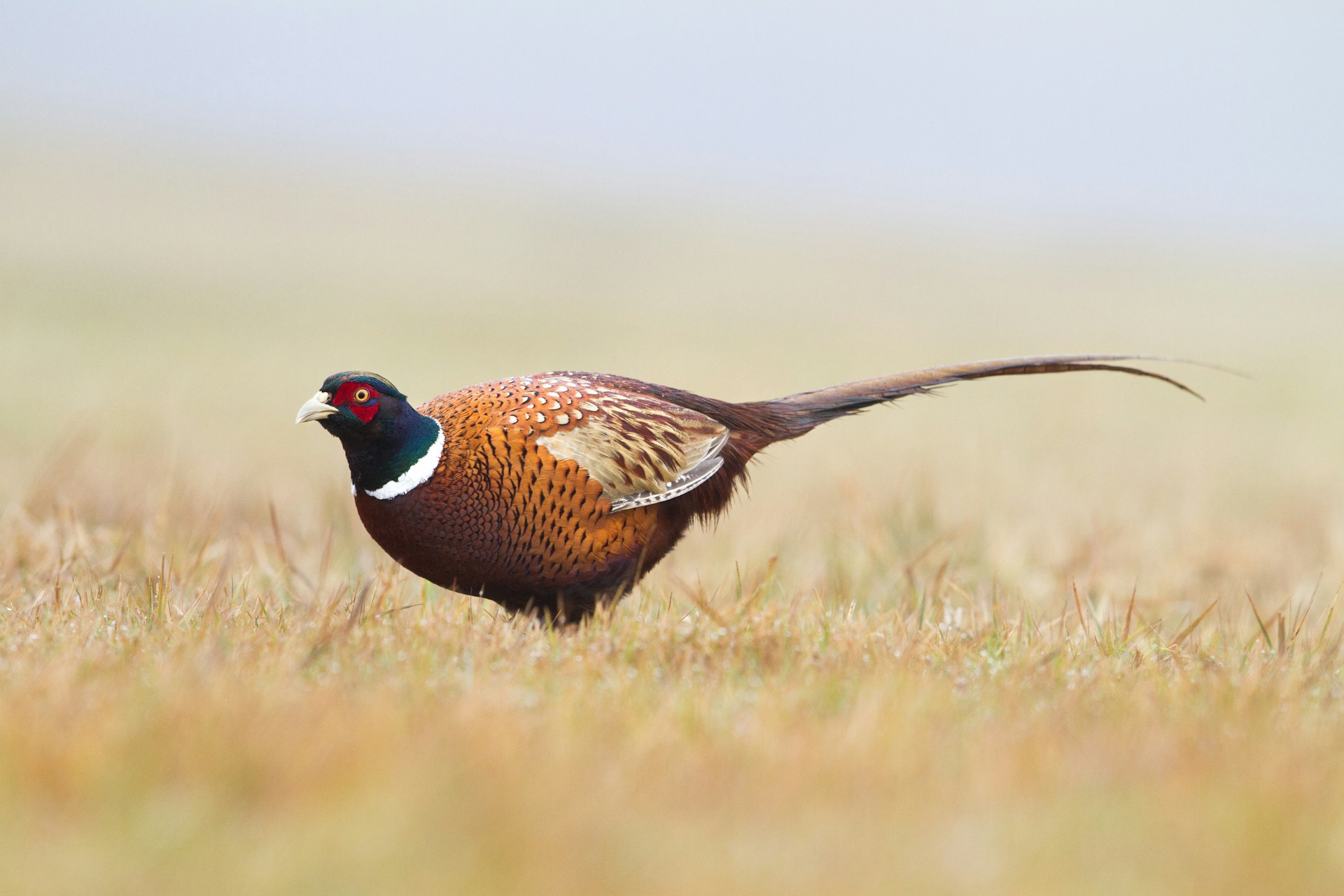The earth teems with living relics, feathered testaments to a past where giants roamed and the line between dinosaur and bird was blurred. While we often envision prehistoric creatures as colossal behemoths, the truth is far more vibrant and present. Among us fly, strut, and swim the ‘Birds That Time Forgot,’ modern avian marvels that carry the echoes of their dinosaur ancestors. These are not mere evolutionary curiosities – they are living, breathing links to a world millions of years gone, a world where feathered theropods glided and the very concept of ‘bird’ was still being written in the fossil record. From the powerful, clawed feet of the cassowary to the ancient, climbing adaptations of the hoatzin, we’ll explore the remarkable lineages that have survived the ages, revealing the dinosaur within the bird and rewriting our understanding of avian evolution.
Therapod Dinosaurs
Theropods were a group of bipedal, primarily carnivorous dinosaurs. This group includes iconic dinosaurs like the Tyrannosaurus Rex and the Velociraptor. The relationship between theropod dinosaurs and birds is a cornerstone of modern paleontology, with overwhelming evidence demonstrating that birds evolved from theropod dinosaurs. Crucially, theropods exhibited a wide range of features, and some of these features were precursors to those found in birds.
Fossil discoveries have revealed that many theropod dinosaurs, not just those closely related to birds, possessed feathers. This drastically changed our perception of dinosaurs. These feathers evolved for various purposes, including insulation, display, and eventually, flight. Furthermore, birds and theropods share numerous skeletal features, including hollow bones, a three-fingered hand, a wishbone, and a modified wrist bone that allowed for a swiveling motion, all crucial for flight.
The transition from theropod dinosaurs to birds was a gradual process, with evolutionary changes accumulating over millions of years. Over time, theropods evolved smaller body sizes, more bird-like skeletal features, and increasingly complex feathers, ultimately leading to the emergence of birds. Due to the overwhelming evidence, scientists now consider birds to be a subgroup of theropod dinosaurs. In essence, birds are living dinosaurs.
Here are some species and groups of birds that reflect either dinosaur-like features or have an evolutionary development dating back to when dinosaurs roamed the earth.
Cuckoos


The deep evolutionary history of cuckoos is particularly interesting due to their unique breeding strategies and the resulting co-evolutionary competition with their host species. Cuckoos belong to Neoaves, a group that rapidly diversified after the dinosaur extinction, though their ancestral roots likely trace back to the late Cretaceous.
A significant aspect of cuckoo evolution is their brood parasitism, where they lay their eggs in the nests of other bird species. This behavior has led to intricate co-evolutionary adaptations. This parasitic behavior has caused a very long-running evolutionary arms race, where the cuckoo continues to evolve to trick host birds better, and the host bird continues to evolve to recognize foreign eggs and chicks better.


Doves


The evolutionary history of doves, belonging to the order Columbiformes, is indeed deep and complex. The group is recognized as one of the diverse non-passerine clades of Neoaves. This group’s origins trace back to the Cretaceous period, which means ancestral lineage likely predates the extinction, with modern doves diversifying in the aftermath. Recent genomic studies have helped to clarify their relationship with other bird groups, showing that Columbiformes are closely related to the clade containing sandgrouse. This establishes that doves are part of a very old evolutionary line. However, understanding the precise branching points within the Columbiformes family tree is an ongoing area of research. Modern genetic analysis is providing new insights into how different dove and pigeon species are related.


Flamingo


The evolutionary history of flamingo species is quite deep and has been a subject of scientific intrigue. Fossil records indicate that flamingo-like birds existed millions of years ago. The oldest flamingo fossils date back to the Eocene epoch (more than 34 million years ago), which signifies a long lineage within the avian world. Research suggests flamingos and grebes share a common ancestor despite their differing forms, a surprising evolutionary relationship revealed through genetics.
Over time, flamingo have evolved their distinct features, including their long legs, necks, and specialized beaks adapted for filter-feeding. Extinct relatives, like those in the Palaelodidae family, show that the flamingo lineage has gone through diverse forms, including birds with adaptations for different lifestyles.


Waterfowl


The deep evolutionary history of waterfowl (Anseriformes) is a testament to their resilience and adaptability, stretching back to the age of dinosaurs. This group is one of the oldest groups of modern birds. Their lineage can be traced back to the Late Cretaceous period, meaning their ancestors lived alongside non-avian dinosaurs. Fossil evidence, such as that of Vegavis iaai (an ancient relative of ducks and geese), found in Antarctic rocks dating back about 66 million years, confirms their presence during this era. This is significant because it places them as survivors of the extinction event. The fact that waterfowl persisted through the mass extinction that wiped out the non-avian dinosaurs highlights their adaptability. It’s theorized that their ability to live in aquatic environments may have played a role in their survival.
Over millions of years, waterfowl diversified into the wide range of ducks, geese, and swans we see today.


Ground-living fowl


The deep evolutionary history of ground-living fowl, such as those in the order Galliformes (chickens, turkeys, pheasants, etc.), is rooted in their ancient lineage and their survival through major evolutionary events, including the mass extinction that wiped out the dinosaurs. This survival is a testament to their adaptability and resilience.
Studies of bird genomes and fossils have helped to trace the evolutionary relationships of Galliformes. They are part of a group called Galloanserae, which also includes waterfowl (Anseriformes). This group has a deep divergence from other modern bird groups, indicating a long and separate evolutionary history.
Ground-living fowl have evolved numerous adaptations that have allowed them to thrive in terrestrial environments. You can see these features clearly in birds like chickens.
- Strong legs and feet for walking and scratching.
- Relatively robust bodies.
- Beaks adapted for foraging on the ground.
- Behaviors related to ground nesting and raising young.
Remarkably, modern genomic studies have reinforced the understanding of the ancient origins of Galliformes. By analyzing the DNA of these birds, scientists can reconstruct their evolutionary relationships and trace their lineage back millions of years. These studies help to pinpoint the timing of evolutionary events and how these birds fit into the larger avian family tree.


Ratites


Ratites are distinguished by their lack of a keel on the sternum (breastbone), which is where flight muscles attach. Hence, they are generally large, flightless birds, including ostriches, emus, cassowaries, rheas, and kiwis. If you look at cassowaries, the casque on their head gives them a distinctly prehistoric look.
The deep evolutionary history of ratites has been significantly reshaped by modern genomic studies. For a long time, the prevailing theory was that ratites originated on the ancient supercontinent of Gondwana. The idea was that as Gondwana fragmented, the ratite lineages were carried along on the separating landmasses, leading to their current distribution across the Southern Hemisphere. This hypothesis suggested a common flightless ancestor. However, recent genetic analyses have challenged this view. These studies indicate that ratites may not have descended from a single flightless ancestor.
Instead, it appears that flightlessness may have evolved independently in different ratite lineages. These studies also have shown that the ancestors of ratites were more likely flying birds. Regardless of the exact details of their flightless evolution, ratites represent a very old lineage of birds. Their origins trace back to the early diversification of birds, and they have retained certain primitive features that reflect this ancient heritage.


Opisthocomiformes


The Hoatzin (Opisthocomus hoazin) is the only member of this group and is a truly unique and fascinating bird found in the swamps, riparian forests, and mangroves of the Amazon and Orinoco basins in South America. This very unusual bird has a deep evolutionary history and is a subject of ongoing scientific fascination and debate.
The Hoatzin possesses a unique digestive system, relying on foregut fermentation to break down plant matter, a trait rarely seen in birds. Its chicks have claws on their wings, which they use for climbing trees. This is a very primitive feature, reminiscent of ancient therapod ancestors of birds, and gives us a window into the past.
While its lineage is ancient and uncertain, current evidence places the Hoatzin as diverging relatively early in modern bird evolution, though not before the extinction event.


Final Thoughts
Many of the birds on our list have origins that trace back to a rapid diversification following the Cretaceous-Paleogene extinction event. This event, which wiped out the non-avian dinosaurs, created evolutionary opportunities for birds. Many of our modern birds survived this extinction event and have evolved into the species we see today.
Next time you are bird watching, look a little closer. Raptors, for example, have sharp, curved talons and powerful beaks, which are features inherited from their predatory dinosaur ancestors. The way they hunt and grasp prey is also very dinosaur-like. Many shorebirds have long slender legs and long beaks. These features are very similar to some of the smaller therapod dinosaurs. The evidence of the incredible history of our feathered friends is all around us!

